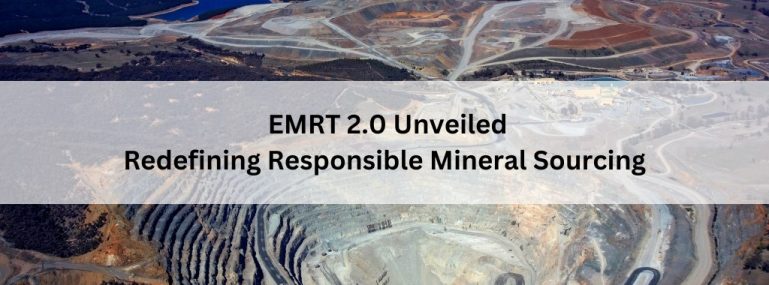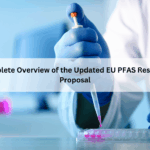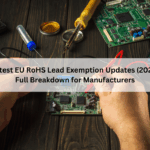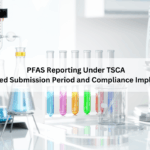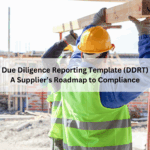As global supply chains grow more complex and regulatory frameworks become more stringent, organizations are under increasing pressure to ensure the ethical sourcing of minerals. The Extended Minerals Reporting Template (EMRT), developed by the Responsible Minerals Initiative (RMI), is a powerful tool designed to support due diligence and transparency in mineral supply chains. In April 2025, RMI released EMRT version 2.0, marking a significant advancement in responsible mineral sourcing.
The EMRT is a standardized template that companies use to collect supply chain data related to minerals like cobalt and mica. It supports compliance with international regulations such as the U.S. Dodd-Frank Act, the EU Conflict Minerals Regulation, and now, the EU Battery Regulation.
What’s New in EMRT 2.0?
1. Expanded Mineral Scope
EMRT 2.0 includes four additional critical minerals:
- Lithium
- Nickel
- Copper
- Natural Graphite
This update aligns with evolving regulatory demands, particularly the EU Battery Regulation, and expands the template’s relevance to more industries.
2. New “Mine List” Tab
A new optional tab allows users to input mine-level facility data, enabling higher traceability from mine to market—an essential step toward ethical sourcing.
3. Updated Smelter Lists
The Standard Smelter List and Smelter Reference List have been refined to ensure access to the most accurate and up-to-date data.
Why Staying Updated Matters
Using outdated EMRT versions can result in:
- Non-compliance with global regulations
- Incomplete visibility into high-risk areas of the supply chain
- Reputational damage due to unethical sourcing
- Missed opportunities to meet growing customer and stakeholder expectations
Key Benefits of EMRT 2.0
- Enhanced Compliance: Aligns with international laws, including the EU Battery Regulation
- Improved Efficiency: Reduces administrative overhead with a structured reporting format
- Greater Transparency: Enables visibility into sourcing origins and facilitates supplier engagement
- Ethical Sourcing: Supports corporate social responsibility (CSR) and ESG reporting
- Smarter Risk Management: Allows for mineral-specific risk assessments across an expanded range of materials
Practical Applications
EMRT 2.0 can be leveraged by companies across sectors that rely on critical minerals for:
- Supplier due diligence and engagement
- ESG and CSR disclosures
- Customer-driven, responsible sourcing documentation
- Regulatory audits and third-party certifications
EMRT 2.0 is not just a compliance tool, it’s a strategic asset for companies committed to ethical and transparent mineral sourcing. As global regulations evolve, adopting the latest EMRT version is essential for staying ahead in today’s accountability-driven business environment.ComplianceXL offers end-to-end EMRT services from data gathering to supplier declarations and audit-ready documentation. Our experts ensure that your supply chain meets both regulatory and ethical standards.
FAQs:
1. Which minerals are currently addressed under EMRT 2.0?
Copper, graphite, lithium, and nickel have been added to the template.
2. Is mine-level facility tab obligatory?
No, it is optional but advisable for better traceability.
3. How does EMRT 2.0 facilitate EU regulatory compliance?
It is aligned with the EU Battery Regulation, allowing for due diligence reporting for applicable minerals.
